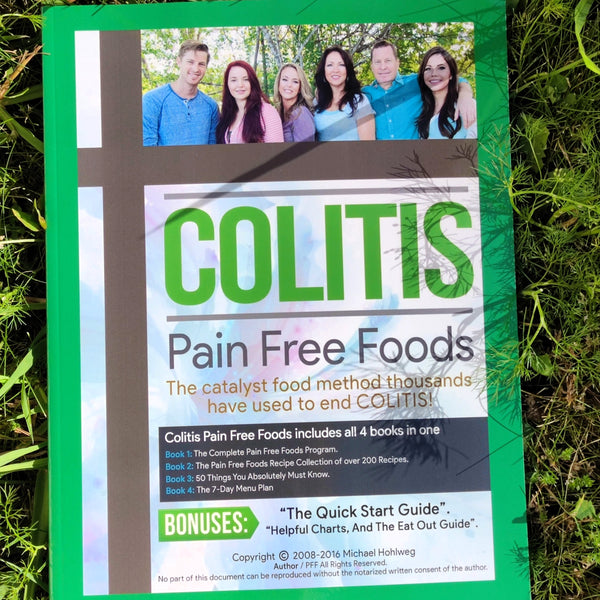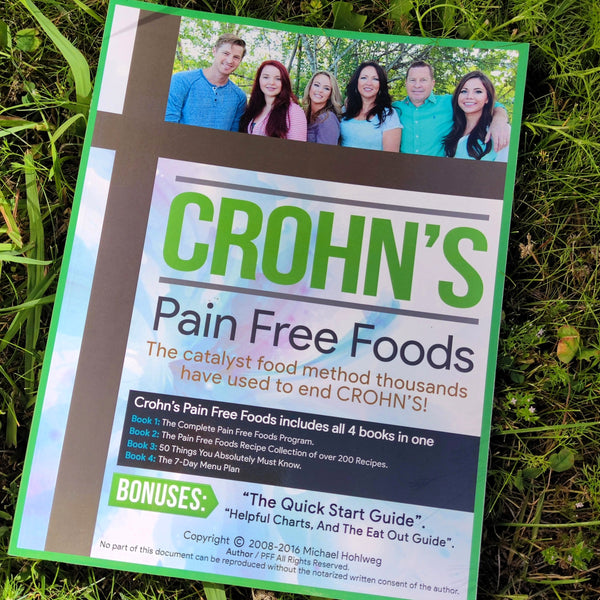

How to eat using the 9 to 1 ratio?
If you came to learn how to eat using Mike’s 9 to 1 ratio from the Pain Free Foods books, you may be having trouble with the math. You are not alone, math is not everyone’s favorite, so this article will try to simplify it for you. Whether this short explanation makes quick and easy sense to you or not, please read the entire article because some alternatives are included near the end.
The 9 to 1 ratio is the same for protein or carb meals. The “9” is always the type of meal you are going to eat (i.e. protein or carb) and the “1” is the food type you are avoiding in the same meal. For example, if you are having a BBQ meal and the protein (ribs, chicken, etc.) is what you want the most, then protein would be the “9” and carbs would be the “1.” In other words you can only have 1 carb for every 9 grams of protein at this meal. If you want the rolls, corn, baked beans etc. (carbs) then you get 1 gram of protein for every 9 grams of carbs that you eat.
It sounds easy enough but still, let’s go through EXACTLY how to do it for a lavish but realistic meal at our hypothetical “BBQ.” Available foods are:
- Ribs
- Chicken
- Baked beans
- Grilled corn
- Crackers
- Cheese
- Carrot sticks
- Celery sticks
- Ranch dressing
First, I would label each food. Call each food either a “P” (protein), “S” (starch or carb), or a “W” for watery vegetables (W includes all fats/oils). Here is how they pan out by label (find this in your eat out guide if you don’t already know):
- Ribs: P
- Chicken: P
- Baked beans: S
- Corn: S
- Crackers: S
- Cheese: P
- Carrot sticks: S
- Celery sticks: W
- Ranch dressing: S
The easiest way would be to make your meal using only P’s and W’s for a protein meal or you could use only S’s and W’s for a carb meal, but what about the three foods at your BBQ that are “man modified” (modified foods can’t be treated the same as “simple foods” found in the eat out guide):
- Ribs and chicken because of potentially sugary BBQ sauce on an otherwise “P” (protein) food
- Baked beans and added sugar
- Ranch dressing due to possible protein in an “S” food
- Ribs (or chicken) with BBQ sauce: 16 grams protein, 13 grams carbohydrate. Ouch, this is a 16 to 13 ratio, nowhere near the 9 to 1 we need to keep your ribs a “P” food. Solution: make yours without BBQ sauce or with a sugar free dry rub instead of BBQ sauce. If you do that, the ribs/chicken are a strong P food with zero carb content or a 10 to 0 ratio (even better than 9 to 1)!
- Baked beans: Beans are about a 4 to 1 ratio of carb to protein but as a natural food that is not a trigger food (you’ll see it on the eat out guide), they are ok to eat and are to be considered an “S” food. The added sugar and other ingredients in canned beans does not increase their protein content so they are still ok as an S food.
- Ranch dressing: Most of the time, we say that condiments contain so few total grams of either “P” or “S” that they are insignificant. The way some people eat Ranch dressing however can flip this rule. Ranch dressing is normally about 2 grams of “S” to 1 gram of “P”, a horrible 2 to 1 ratio. If you consume say a tablespoon with a good side dish amount of veggies, you will be fine. If however you are eating as much dressing as veggies, you will need to cut back on the dressing.
How I determined the carb to protein ratios: Using Google, or Livestrong.com, or any browser, I search for each food item. For instance type BBQ ribs into Google, select a site. The one I looked at showed BBQ ribs (three of them @ 85 grams) contained 16 grams of protein and 13 grams of carbohydrate. Without the sauce: 16 Protein grams and 0 carb grams!
Although the 9 to 1 ratio is clear to me, and my explanation is straight forward with examples, I still realize that you either get it or not. If it is still cloudy to you, there are three options to eat safely, stay on the program, and never fully understand the 9 to one ratio:

- Match the foods for each meal using the eat out guide only (the work is done for you), and don’t count grams at all.
- Eat using any of our PFF recipes from any of our books, especially the recipe collection itself.
- Eat using the 7 day menu found in the main PFF books. Then you can alter the meal order as you like once you get the hang of it.
Disclaimer: Not everyone has food allergies or sensitivities for the same reason or will experience the same result with this protocol. We are not doctors, nor are these facts reviewed by the FDA or doctors. We are presenting our theories and experience to show you what has worked for us and others using our strategies. Your condition is not known to us and you should not follow us if in doing so you are avoiding medical advice or treatment.
Featured Articles

Supplements, diet, or a combination of both for digestive relief?
My weight is already too low, what now?

Why would I do a liquid diet?
Why would I do a liquid diet?

Catalyst Foods Explained
Catalyst Foods Explained
Join our online Community
Join thousands of people that used to be searching for answers about digestion just like you were. Our private group is a secure place to find the answers you're looking for from real people and coaches.
Join Us




